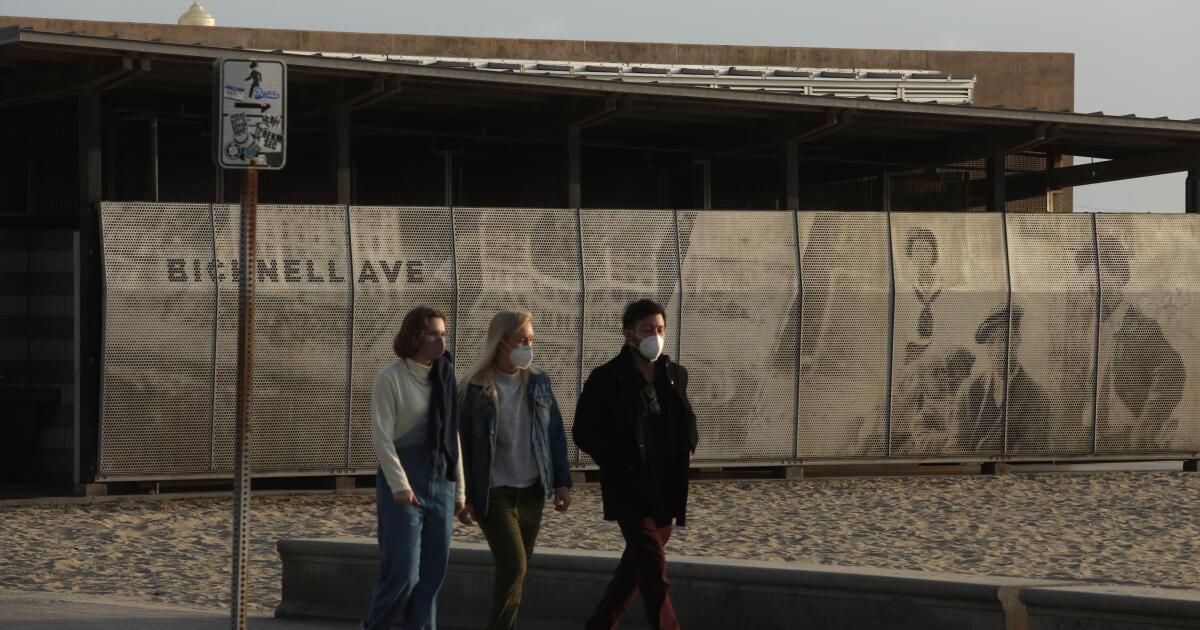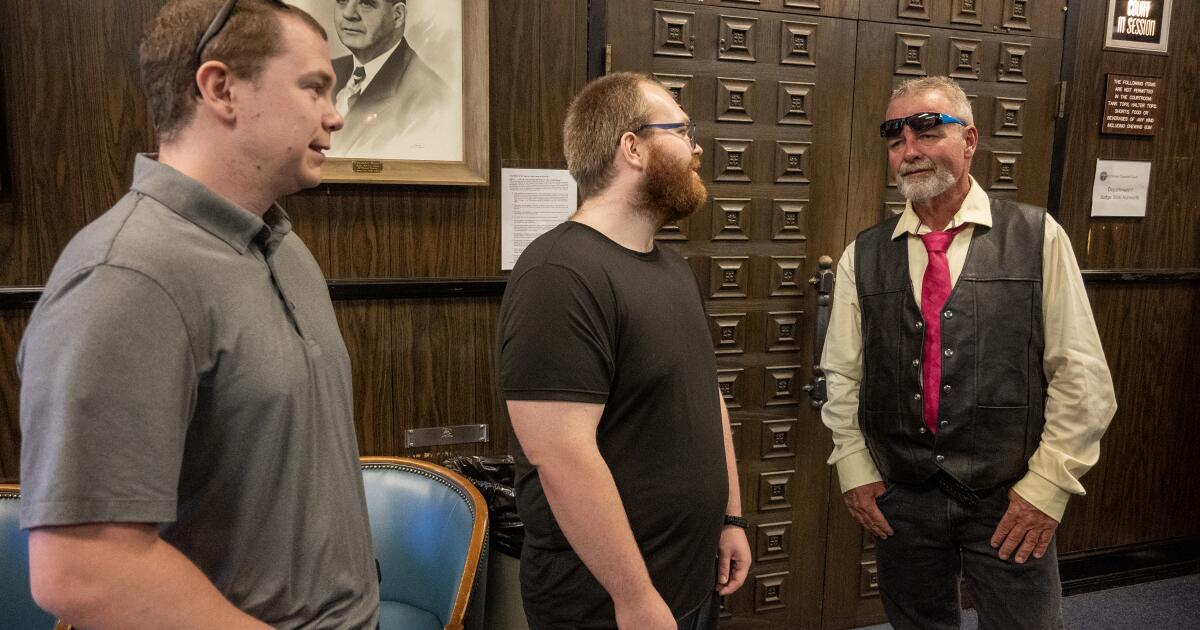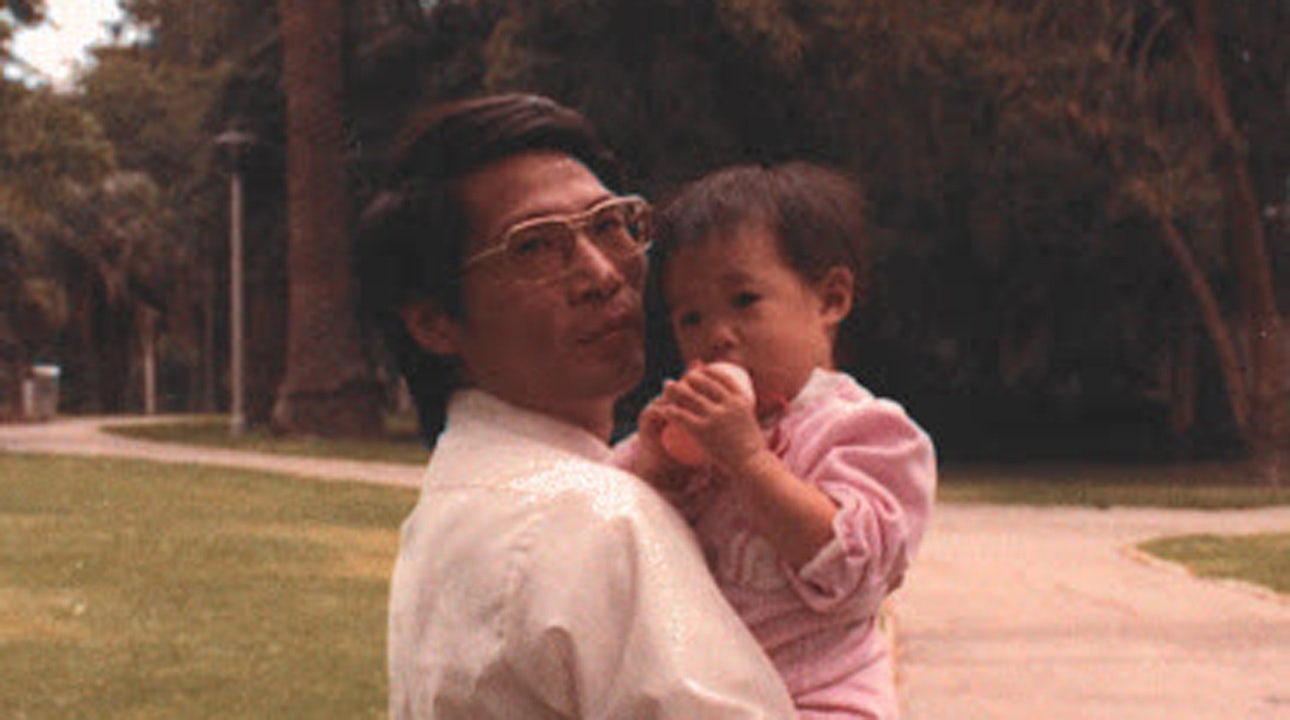A black businessman's dream of opening a hotel and beach club for black patrons in Santa Monica in the 1950s was shattered by a racist land grab by the city through eminent domain.
More than 60 years later, the city of Santa Monica is considering reimbursing the family whose property was seized.
The Santa Monica City Council voted Tuesday to explore the possibility of compensating the descendants of Silas White, a black businessman who wanted to renovate an old building on Ocean Avenue into a hotel and beach club for black patrons in the segregated city.
The Santa Monica vote comes nearly a year after the city of Manhattan Beach acknowledged its own racist history in Bruce's Beach, a black community that was closed in 1924 through official channels. The property was eventually returned to the descendants of Charles and Willa Bruce by Los Angeles County.
The Santa Monica City Council's action focuses on the city's history with intensified racism.
Nearby white residents once disparagingly referred to a stretch of sand on Bay Street that ends at Bicknell Avenue as “the inkwell” because it was frequented by black beachgoers from 1905 to 1964. A mural depicting blacks enjoying the sand and the sun at the beginning of the 20th century is now displayed near that stretch of beach.
Santa Monica's own racial reckoning took a major step forward Tuesday by recognizing the Ebony Beach Club, a dream venue that never materialized. White obtained the rights to the building in May 1957, and began generating buzz around his hotel and club throughout the city and throughout the county. Among his followers was founding member and jazz giant Nat King Cole.
But a few months before White opened the Ebony Beach Club, the city initiated an eminent domain proceeding to seize the property for “civic parking,” according to historical records. A lawsuit followed, but the city won, condemned the property and demolished the building in 1960, replacing it with a parking lot.
Newspaper page from the LA Times archives.
(Los Angeles Times)
Before the building was seized, White put up large signs announcing her intentions to open a club and hotel that would serve black patrons in an attempt to prevent the city from stealing land, the city councilwoman said. Santa Monica, Caroline Torosis, before Tuesday's vote.
“We want to focus on the needs of the people who have been most harmed by the decisions the government has made,” Torosis said.
City staff will return in 90 days with possible next steps to correct what the city calls “racial animus” carried out more than 60 years ago. That could include using eminent domain once again to claim property that could be returned to White's descendants.
The city has been in contact with White's family and the organization known as Where Is My Land, which is dedicated to identifying and recovering property taken from black people. The Ebony Beach Club would have occupied a small portion of the site where the luxurious Viceroy Hotel in Santa Monica now stands.
At Tuesday's council meeting, White's descendants thanked the council for taking up the issue to explore restitution.
Kavon Ward, founder of Where is My Land, delivered a message to the council from Connie White, 90, daughter of Silas White, who recounted the pain her family experienced when the city stole the Ebony Beach Club from the community.
“Every time I revisit the events that led to my father losing his dream, the Ebony Beach Club, my anxiety and pain come back in full force,” she said. “There are no words to describe the anguish of losing the loving communication we had as a family.”
Chance Davis, White's nephew, and other family members thanked the council before the vote.
“It is inspiring to see that we choose to support the Black community and that you are dedicated to righting the wrongs of previous councils,” Davis said.












